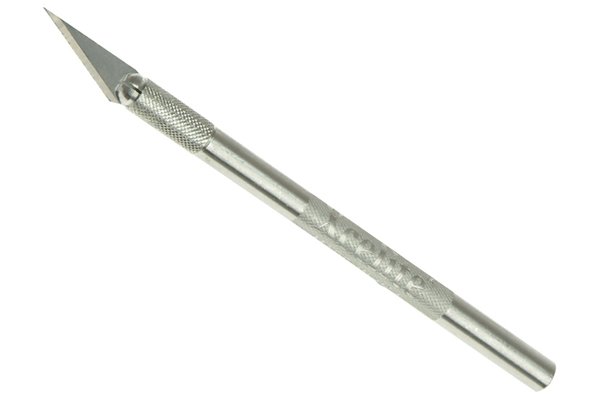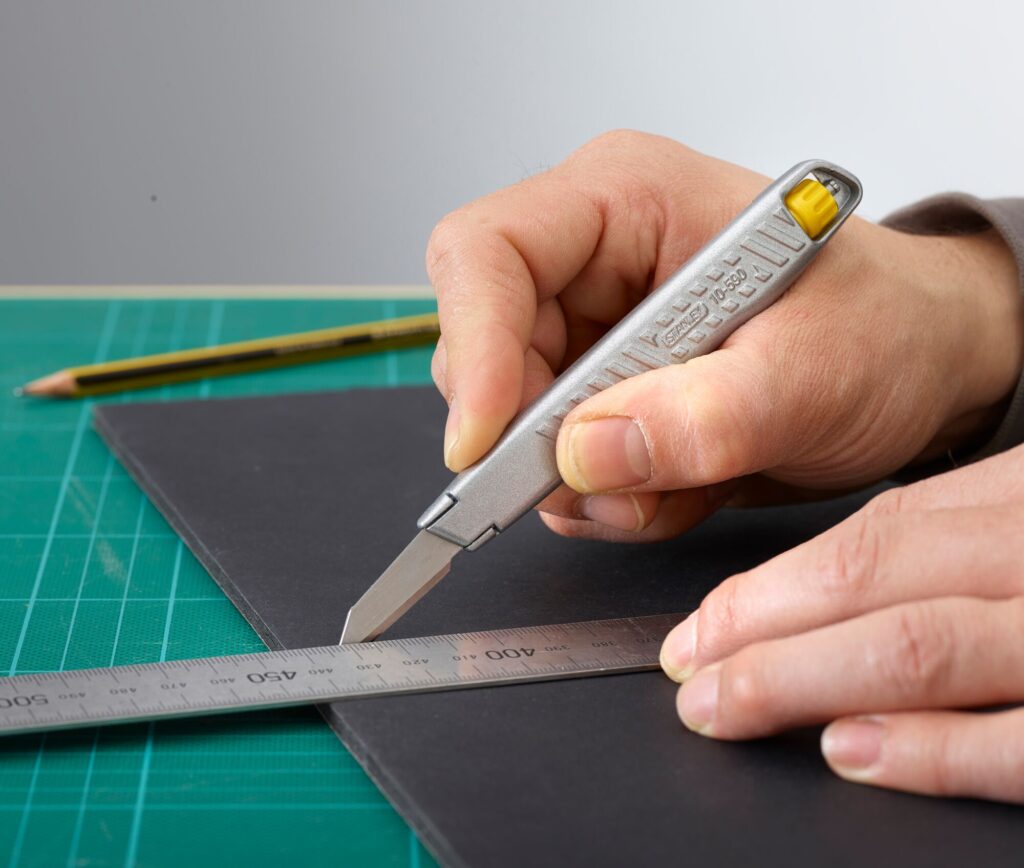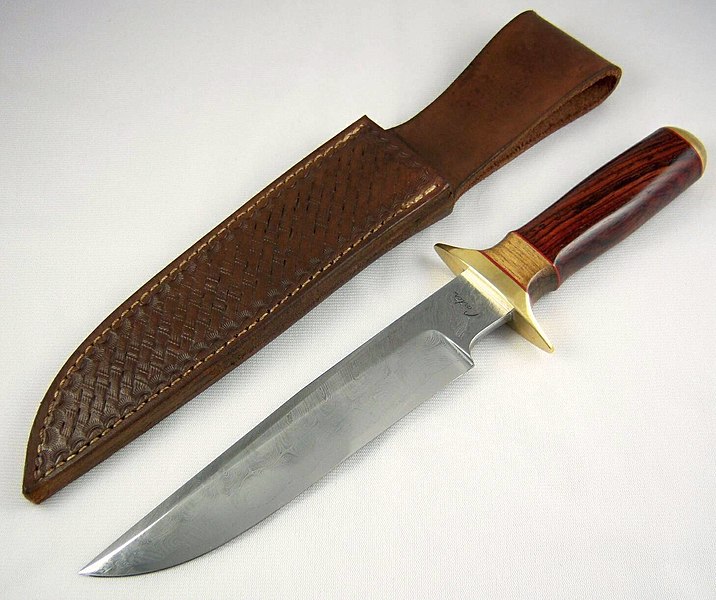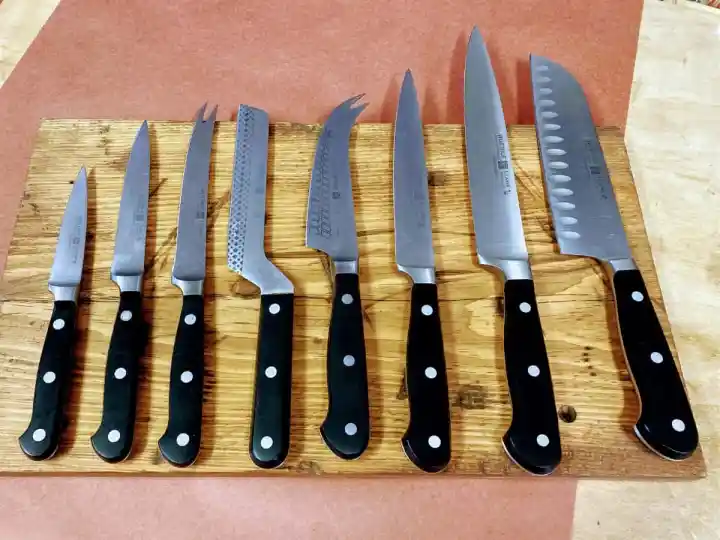Crafting lets people express their creativity and make unique, personalised goods. Crafters need craft knives. This article will explain what a craft knife is, its functions, and why crafting enthusiasts need one.
Let’s explore the craft knife! Handcrafting beautiful and useful products is relaxing and gratifying. Tools are needed for scrapbooking, model creation, and other crafts. Crafters value craft knives.
What Is a Craft Knife?
Craft knives, commonly known as X-Acto knives or precision knives, are versatile cutting tools used in crafts, hobbies, and professional settings. Its grip and sharp, changeable blade allow accurate and complex cutting. Craft knives come in various sizes and shapes to meet different cutting demands.
Papercrafting, scrapbooking, model creation, and fabric cutting employ craft knives. They help artisans create elaborate motifs and clean edges while making delicate cuts.
The History of Craft Knives
Craft knives are centuries-old. Ancient civilizations used a variety of sharp blades for cutting. Modern craft knives evolved in the 20th century.
X-Acto’s 1930 aluminum-handled craft knife revolutionised crafting. This ingenious instrument gave painters and enthusiasts more accuracy and control. Craft knives have become safer and more efficient as blade materials, handle designs, and safety measures have improved.
Different Types of Craft Knives

Craft knives suit different cutting needs. Common craft knives include:
Standard Craft Knife: Craft knives with cylindrical handles and pointed blades are the most frequent. It works for general cutting.
Swivel Craft Knife: Rotating blades enable for smoother, more intricate cuts. They cut circles and curves.
Retractable Craft Knife: Retractable craft knives protect the blade and improve safety. Safety-minded crafters choose this knife.
Precision Craft Knife: Precision craft knives have a thin handle and a sharp blade. They are made for delicate cutting jobs like cutting little bits or elaborate motifs.
Scalpel Craft Knife: Like surgical scalpels, scalpel craft knives have thin, sharp blades. Model-making, sculpture, and precision paper cutting employ them.
Electric Craft Knife: Battery-powered or electric craft knives make manual cutting easier. They help while cutting dense materials or repeatedly.
Choosing the Right Craft Knife for Your Project

Selecting a craft knife for your project requires numerous considerations. Key points:
Blade Sharpness: Craft knives with sharp blades may effortlessly cut your preferred materials. Paper, fabric, and foam board require different blades. Choose a blade for your material.
Comfort: Crafting requires long periods of cutting and detailing. Choose a craft knife with a comfortable ergonomic handle. This reduces hand fatigue and improves delicate cutting control.
Replacement: Craft knife blades wear out. Choose craft knives with quick blade replacement. This saves time when changing blades.
Safety Features: Craft knife safety is paramount. Look for knives with blade guards, retractable blades, or locking mechanisms. These prevent accidents and injury.
Safety Precautions When Using Craft Knives

Craft knives must be handled safely. Craft knife safety tips:
Always Cut on a Stable Surface: Use a cutting pad or strong surface to cut. Avoid cutting on unstable surfaces that can cause falls.
Keep Fingers Clear: Avoid cutting your fingers with a craft knife. Cut with a ruler or straight edge, keeping your fingers behind the cutting line.
Use Proper Cutting Techniques: Apply consistent pressure to the blade to practise good cutting skills. Excessive force might cause slips and injuries.
Store Craft Knives Safely: Craft knives should be stored in a case while not in use. This keeps youngsters and inadvertent blade contact away.
Dispose of Used Blades Properly: Use a sharps container or blade disposal container to dispose of spent blades when replacing them. Used blades can harm garbage handlers, so do not throw them away.
Tips and Techniques for Using Craft Knives

Craft knife usage tips:
Practice on Scrap Materials: Before starting a project, practise using the craft knife on scraps. This lets you learn the tool and try alternative cutting methods.
Start with Light Pressure: Use the craft knife lightly when cutting. This creates a guideline without cutting too deeply or causing mistakes.
Cut in Multiple Passes: Use the craft knife to cut through larger materials or complicated designs in multiple passes. Control and precision improve.
Change Blades: Dull craft knife blades can shred or damage materials. Change blades often for clean cuts and safety.
Blade Angle: Try different blade angles for varied effects. A shallow angle is good for delicate work, whereas a steeper angle cuts deeper.
Use a Cutting Mat: Protect your work surface and craft knife blade with a cutting mat. Self-healing mats prevent blade dulling.
Clean the Blade: After using the craft knife, wipe it clean with a soft cloth or tissue. It stays sharp and debris-free.
Work in a Well-Lit Area: Craft knives require good lighting. It improves work visibility and avoids accidents.
Maintaining and Caring for Your Craft Knife

Craft knives last longer and perform better with proper care. Craft knife care:
Keep it Clean: Clean your craft knife handle and blade regularly. Remove dust, dirt, and adhesive residue with mild detergent and warm water.
Oil the Blade: Apply a little lubricating oil to the blade to prevent rust and ensure smooth cutting. Wipe the craft knife before use.
Store Properly: Keep your craft knife dry and safe. Extreme temperatures, humidity, and direct sunlight can damage it.
Replace Blades when Dull: Dull blades reduce cut quality and increase accident risk. Replace the blade when performance decreases.
Use a Blade Case: Store extra blades in a blade case. This organises, protects, and prevents cuts.
Questions (FAQs)
Craft knives cut what?
Craft knives cut paper, cardboard, foam board, cloth, thin plastic, and wood veneer.
Craft knives for precision cutting?
Absolutely! Craft knives let you cut elaborate motifs with crisp edges.
Can craft knives sculpt?
Craft knives can mould clay and other lightweight materials. Sculpting knives or chisels may be better for heavy-duty carving.
Utility knives or craft knives?
Craft and utility knives look alike but serve different purposes. Craft knives cut precisely in arts and crafts. Utility knives are used for everyday chores like opening boxes and cutting materials for construction and DIY projects.
Conclusion
Crafters and artists need craft knives. They allow precise cutting, elaborate drawings, and personalised crafts. Understanding craft knives, their varieties, and how to choose one for your project will improve your crafting experience and yield spectacular results.
Use craft knives safely, follow instructions, and maintain them to prolong their life. Craft knives can help you craft with practise and care.
So, grab a craft knife, let your imagination go wild, and create your artistic fantasies!
